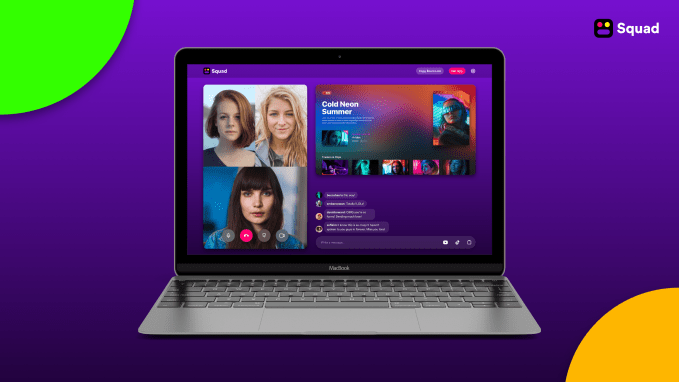Continuing our week’s coverage of new venture funds, this morning let’s dig into Kickstart’s latest capital pool.
Kickstart Seed Fund, based in Utah’s Salt Lake City, has raised a $110 million Fund V it announced this morning, its largest to date. The firm’s rise to investing prominence has largely coincided with Utah’s own emergence as a technology hub, with the pair’s success intertwined since the financial crisis when the fund was put together.
Founded in 2008, when Utah was far from known as a technology hub—let alone a printing press for billion-dollar startups—the firm has invested in over 100 companies and has seen 20 exits, Kickstart told TechCrunch in an interview.
The seed fund has backed firms like Podium, which recently raised $125 million at a unicorn valuation, and Lucid, which recently raised a $52 round itself and is also a unicorn. Those rounds come to mind as they were both announced this year, and each saw the firm in question announce that it had crested $100 million ARR.
Utah, COVID-19 and the future
Any idea that the mega-exit of Utah’s Qualtrics to SAP was a fluke, or perhaps an echo to some prior success that the state had seen, is now moot. And that means that Kickstart has a fresh bloc of funds to invest in a startup scene that has been hot for some time.
To get a handle on what’s changing, however, in the COVID-19 era for the state’s startups and investing scene, TechCrunch spoke with a number of investors from the fund before their new fund was announced.
Kickstart’s funds have grown as its local tech scene expanded. From just a few million in Fund I back in 2008 to a $26 million Fund II, the firm has added capital with each raise. Its third fund clocked in at $39 million bested by its Fund IV tally of $74 million. Now flush with $110 million, you might think that the firm is prepped to shake up its strategy.
Not really, as it turns out. Kickstart’s Curt Roberts told TechCrunch during a call that the firm has stuck close to the stage that it invests at over time. The market has changed the size of seed rounds some, however, leading to the firm taking on a bit more capital over time. “It is very fair to say that your average seed round has gone up in size slightly,” Roberts said, noting that “companies are just getting more done before they raise [a] seed round.”
As you can imagine, if startups are doing more before raising seed money, they can command a higher valuation. Curt agrees, telling TechCrunch that startups can “justify a little more valuation [at] a similar level of dilution” now when they raise.
Toss in some pre-seed investing, and the fact that Kickstart wants to protect its percentage in investments over time, and the larger funds make sense. The firm isn’t big on SPVs, as it turns out, so having more duckets in the till should help it maintain ownership a bit more easily over time.
Most importantly perhaps for Utah itself is that one if its best-known funds now has nine-figures of capital to disburse right when the economy is falling apart. If you are a startup ecosystem, having new buckets of capital land in your region is good news, especially when the business climate is worsening.
Per the group, the COVID-19 crisis isn’t causing endless mayhem in their scene. Yet, at least. The firm stressed Utah’s community cohesion as helping limit public unrest, in addition to the fact that as many of the state’s startups are B2B SaaS shops, making them less likely to get the legs kicked out from underneath them by a drop in consumer spending. TechCrunch has reported on the Utah startup world, and while its scene hasn’t been immune to layoffs it hasn’t seen as many other, similarly-sized ecosystems.
It’s still early days, however.
Kickstart’s investors also told TechCrunch that companies in its area do not run as heavy a burn rate as some other region’s startups, meaning that they are perhaps less exposed to economic hardship if their growth slows.
Utah’s first tech successes like Omniture have been overshadowed by its second wave of breakouts (Qualtrics most of all). And now with Galileo’s exit (a Kickstart company, it turns out), and Podium and Lucid’s latest raises, it’s clear that the third generation of firms in the region are going to be alright. Kickstart now has the capital to make sure that a forth and fifth can get off their feet and follow them.






